E Class | A Brief History of Global AGV Development
Mar 17,2023
Summary
AGV (Autonomous Guided Vehicles) are robots designed to automate the handling of materials. They can operate in a variety of places, including manufacturing plants, warehouses, hospitals, and airports. AGV have been evolving since the 1950s, becoming an important part of modern automation technology. This article will explain the development history of AGV in China and abroad from three aspects: the historical overview, development stage and the situation in China.
AGV (Autonomous Guided Vehicles) are robots designed to automate the handling of materials. They can operate in a variety of places, including manufacturing plants, warehouses, hospitals, and airports. AGV have been evolving since the 1950s, becoming an important part of modern automation technology. This article will explain the development history of AGV in China and abroad from three aspects: the historical overview, development stage and the situation in China.

The earliest use of AGV can be traced back to 1953, when an American auto parts manufacturer introduced an automated AGV to transport heavy parts. It was the first AGV in the world. It was converted from a simple AGC product tractor with a pocket to transport goods along overhead wires in a grocery warehouse.

Subsequently, relevant researches on AGV in Europe and the United States began to start, and the application scope of AGV gradually expanded and officially entered the field of production and manufacturing. In the 1960s, AGV began to be used in the automobile industry to transport and assemble car parts. In the 1970s and 1980s, AGV began to be widely used in industrial fields such as chemicals, electronics and pharmaceuticals.
With the development of automation technology, AGV's application range is more and more extensive and its function is more and more diversified. Modern AGV have become an integral part of automated production lines, from individual AGV to current AGV systems. At the same time, modern AGV have been equipped with higher security and greater carrying capacity, and can transport a wider variety of items. They can automatically move materials and assemble parts in manufacturing plants, automatically store and retrieve goods in warehouses, and deliver medicines and medical equipment to patients' wards in hospitals... Today, AGV can also be combined with cloud computing and big data analytics to enable more intelligent automation.
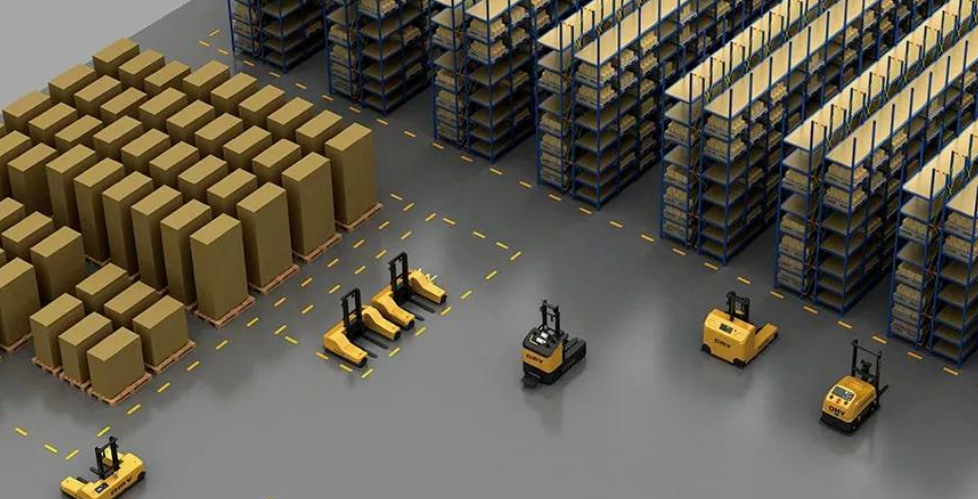
Overall, the history and development of AGV is a microcosm of the development of automation technology. From the initial single AGV to the current AGV system, AGV technology has been constantly improved and perfected. In the future, with the further development of artificial intelligence and robotics, AGV will continue to play an important role in promoting the intelligent development of manufacturing and logistics industries.

The development of AGV can be roughly divided into three generations, each of which represents the continuous evolution and improvement of AGV technology in terms of function, performance and application range.
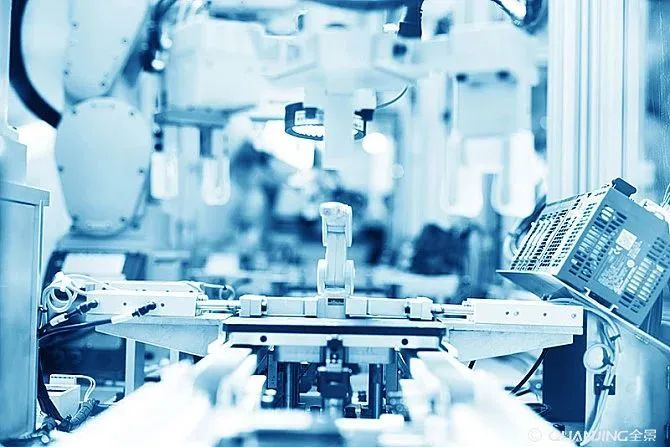
The first generation of AGV was used from the 1950s to the early 1970s for material handling and transportation in industries such as the automotive and electronics industries. The first generation of AGV mainly used wired control. Its control system consisted of cables and electrical control panels. The control range was limited and it could only travel along a predetermined path.
The second generation of AGV was from the late 1970s to the 1990s. With the development of microelectronic technology, the control mode of AGV gradually changed from wired to wireless. The second generation of AGV uses sensor technologies such as lidar and infrared ray to enable obstacle avoidance and path planning. At the same time, the range of applications of AGV is gradually expanding, starting to be used in medical, logistics and food.
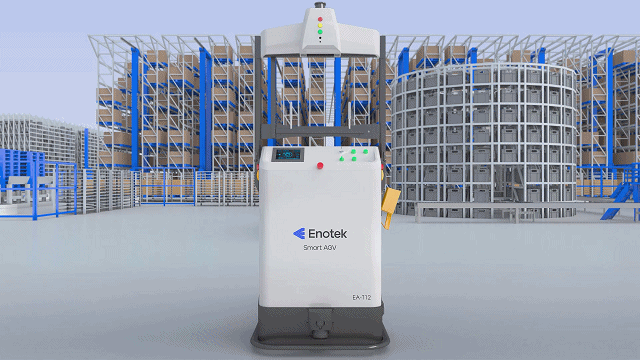
Self-developed AGV of Enotek Group
Since the early 21st century, with the development of artificial intelligence and robotics, the function and performance of the third generation AGV have been further improved. The third generation of AGV uses high-tech technologies such as visual recognition, machine learning and autonomous navigation to perform tasks and avoid obstacles more intelligently. At the same time, the application scenarios of AGV continue to expand, in addition to manufacturing, logistics and medical fields, but also began to be used in public transport, airports, ports and other fields.

The first AGV in China was born in 1976, but the real application was in 1991. The AGV product created by Siasun for Jinbei Automotive Company was officially put into operation in that year.
Since then, China's modern logistics industry has entered a period of rapid development, and has become an important participant in the global AGV market in the past 30 years.
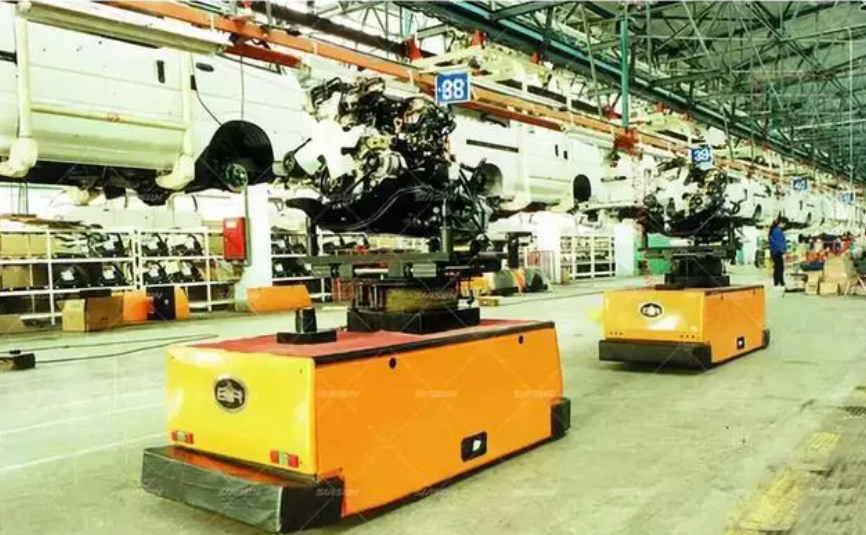
China's first commercial AGV
First of all, in terms of technology, Chinese AGV manufacturers have mastered the basic core technologies, including autonomous navigation, obstacle identification and obstacle avoidance, path planning and other key technologies. Some leading enterprises have also promoted the further development of AGV technology through independent research and development and technology introduction, such as lidar, visual recognition, artificial intelligence and so on.
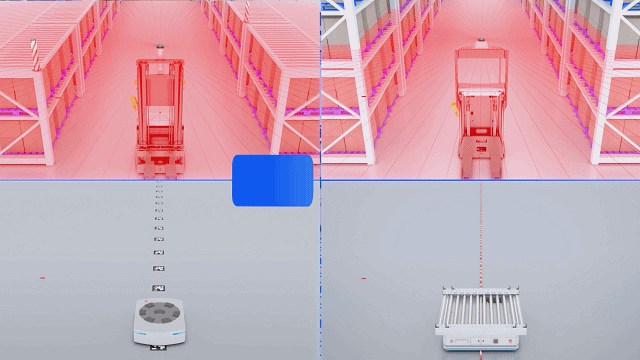
Enotek AGV supports multiple navigation modes
Secondly, in terms of application, the application scope of China's AGV is constantly expanding, involving manufacturing, logistics, medical, airport, port and other fields, and has achieved remarkable application effect in many fields.
However, China's AGV industry also faces some challenges. For example, there is still a gap in technology level compared with Europe and the United States and other developed countries, especially in the field of high-end technology, such as visual navigation, independent decision-making, and so on, still need to strengthen research and development and technology introduction; At the same time, the market competition is fierce, the phenomenon of price war and low cost competition between enterprises is relatively common, which brings a certain pressure on the development of enterprises and profits.
In general, China's AGV industry has made certain achievements in technology research and development and market application, but it still needs to continuously improve the technical level and product quality, step up to the high-end market, further improve the independent innovation ability, and expand the international market share.












